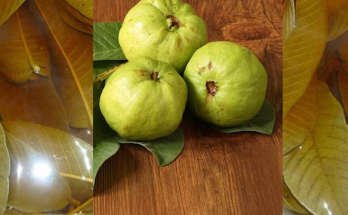Wood sorrel, scientifically known as Oxalis acetosella, is a small herbaceous plant that closely resembles clover with its trifoliate leaves. This plant is often found in the wild and is appreciated for its unique, tangy flavor, making it a popular addition to various culinary dishes.

Characteristics of Wood Sorrel (Oxalis acetosella)
Leaves:
- The leaves are trifoliate, meaning they are divided into three heart-shaped leaflets, similar to clover.
- They have a distinctive sour taste due to the presence of oxalic acid.
Flowers:
- The flowers are usually white or pink, adorned with delicate veins that can be red or violet.
- They bloom in spring and early summer, adding a touch of color to the forest floor.
Taste:
- The leaves have a sharp, tangy flavor due to the oxalic acid, which is refreshing and slightly acidic.
Other Names
Wood sorrel (Oxalis acetosella) is also known by several other common names, including:
- Cuckoo’s bread
- Cuckoo’s meat
- Alleluia
- Cuckoo’s sorrel
Benefits of Wood Sorrel
Wood sorrel is more than just a culinary herb; it also has several health benefits:
- Rich in Vitamins: Wood sorrel is a good source of vitamin C, which is essential for a healthy immune system.
- Digestive Aid: The plant has been traditionally used to aid digestion and relieve indigestion.
- Anti-inflammatory Properties: Wood sorrel can help reduce inflammation and soothe minor skin irritations when used topically.
- Antioxidant Properties: The plant contains antioxidants that help protect the body from oxidative stress and free radical damage.

Culinary Uses
Wood sorrel’s unique flavor makes it a versatile ingredient in the kitchen. Here are some ways to use it:
- Salads:
- Add fresh wood sorrel leaves to salads for a tangy, lemony kick. The leaves can be used whole or chopped, depending on the desired texture and appearance.
- Soups:
- Wood sorrel can be added to soups for a refreshing acidity. It pairs well with vegetable and herb-based broths. Add the leaves towards the end of the cooking process to preserve their flavor.
- Juices and Smoothies:
- The tangy leaves can be blended into juices and smoothies for a unique flavor. Combine with fruits like apples, oranges, or berries to balance the acidity.
- Garnish:
- Use wood sorrel as a garnish for various dishes, including meats, fish, and desserts. Its distinct flavor and attractive leaves add both taste and visual appeal.
Precautions
While wood sorrel is generally safe to consume in moderate amounts, there are some precautions to keep in mind:
- Oxalic Acid Content: Due to its oxalic acid content, it should be consumed in moderation. High consumption of oxalic acid can interfere with calcium absorption and may contribute to the formation of kidney stones in susceptible individuals.
- Avoid Large Quantities: People with kidney disorders, gout, or rheumatoid arthritis should avoid consuming large quantities of wood sorrel due to its oxalic acid content.
- Cooking Caution: When adding wood sorrel to hot dishes like soups, add it at the end of the cooking process to prevent the leaves from losing their flavor and nutritional benefits.

Conclusion
Wood sorrel (Oxalis acetosella) is a delightful plant that offers both culinary and health benefits. Its distinctive tangy flavor makes it a versatile addition to salads, soups, and beverages. However, due to its oxalic acid content, it should be enjoyed in moderation. By incorporating wood sorrel into your diet, you can enhance your meals with its refreshing taste while also reaping its health benefits.



